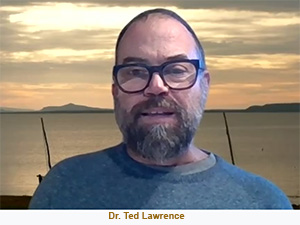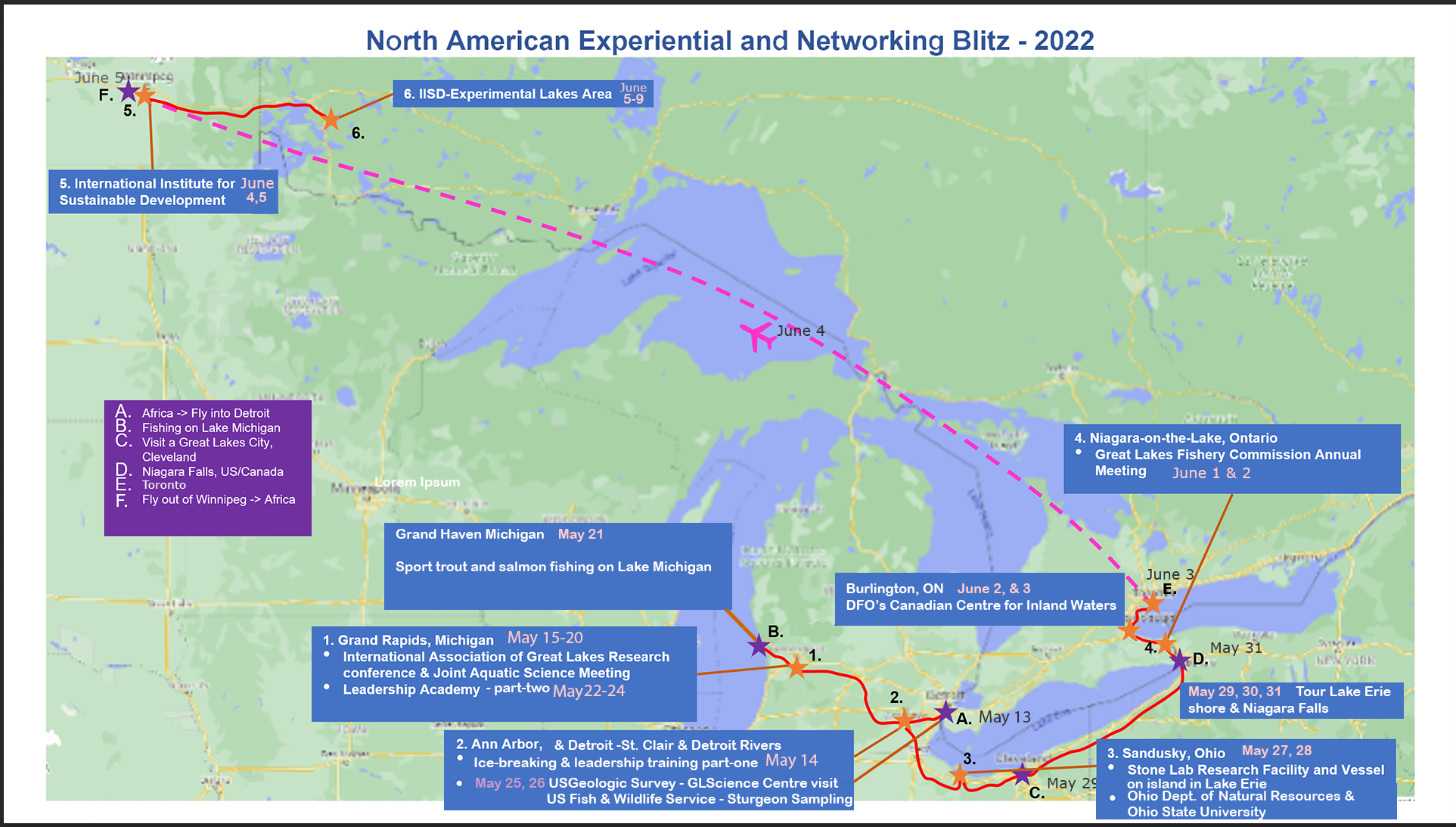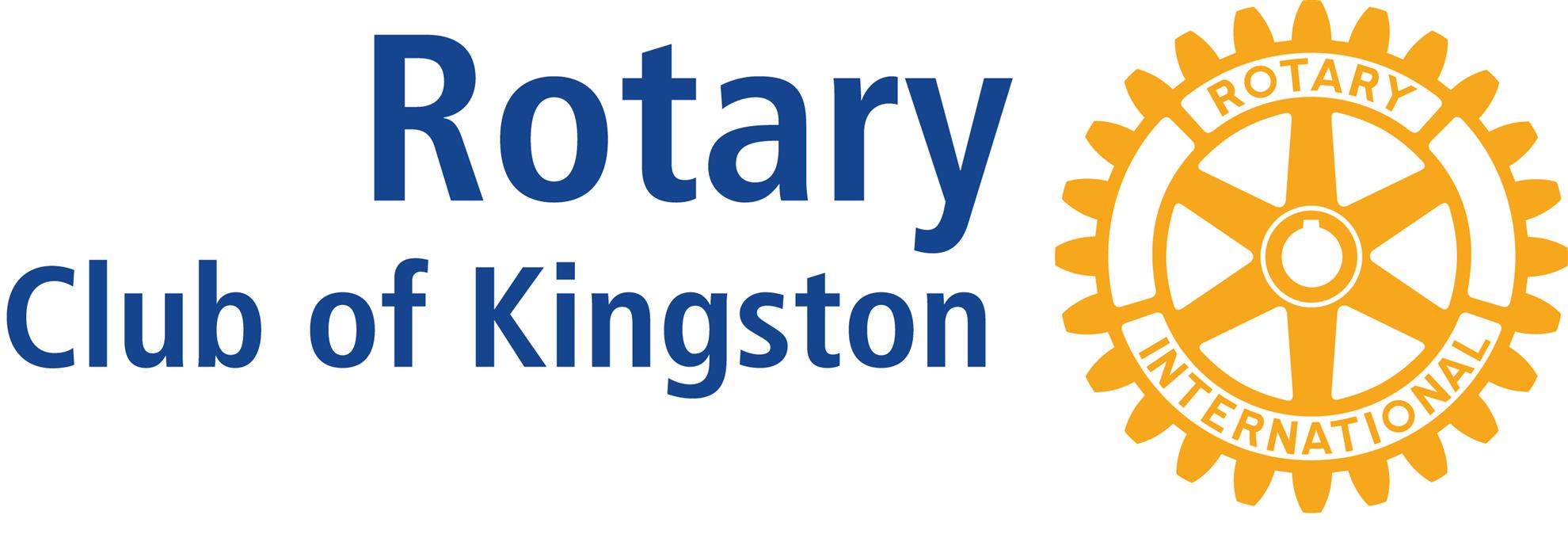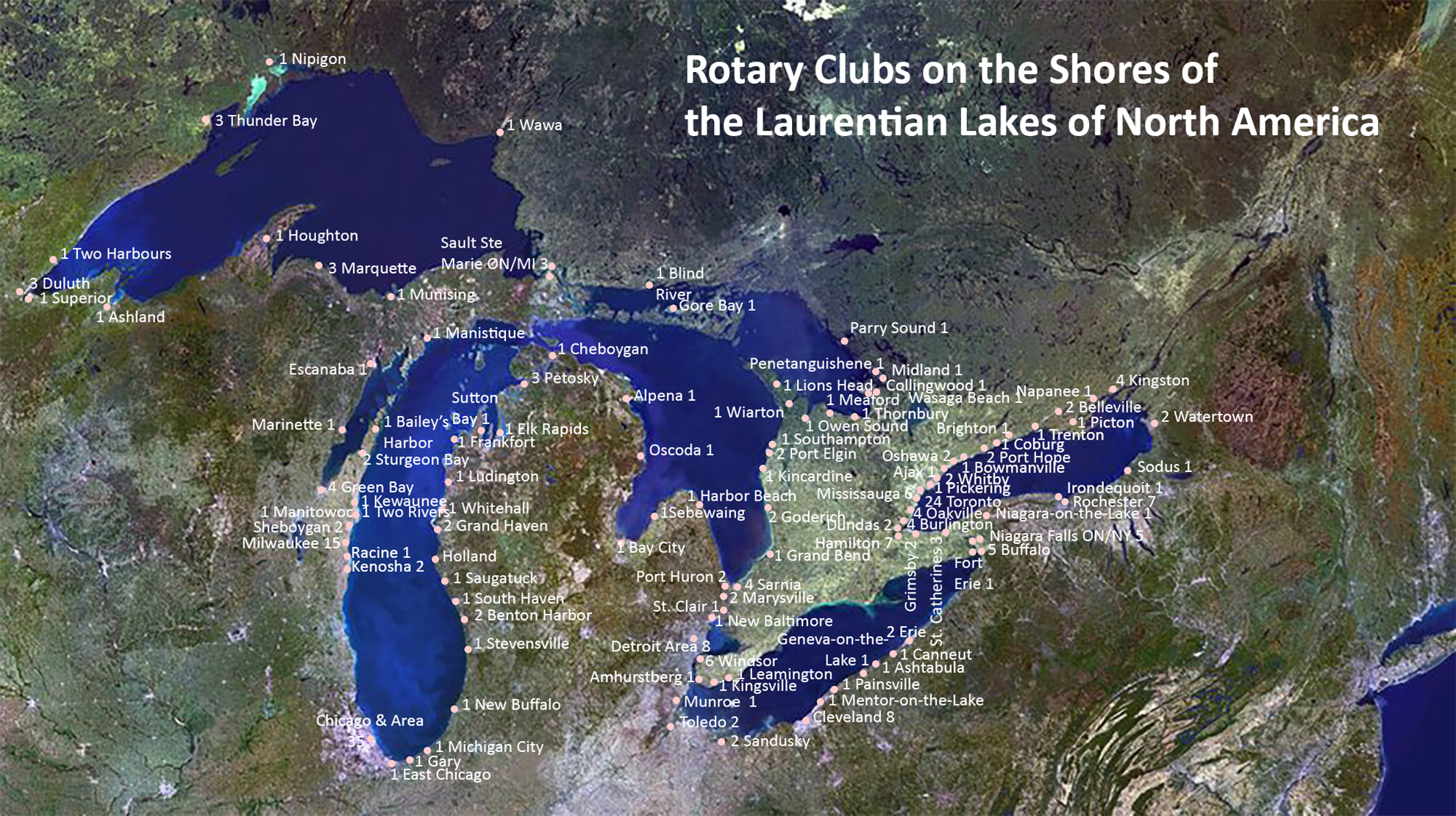
If you are a Rotarian and you have a focus on preserving our environment, ensuring everyone has clean, safe, fresh water, and want to support the 2021-22 Presidential goal of empowering girls and young women then African Women in Science who are young with a specialist in aquatic research, each of whom lives on one of the 7 Great Lakes of Africa (GLA) then you might want to help them to learn from the organizations and research institutes we have on the Great Lakes of North America (GLNA).
 After all there are now over 60 million people living on the GLA and that is twice as many who live on the GLNA. And although it might not look like it on a map, the GLA holds 25% of the World’s fresh water, whereas the GLNA have 21% of the World’s fresh water. The deception occurs because the AGL is smaller at the surface but much deeper.
After all there are now over 60 million people living on the GLA and that is twice as many who live on the GLNA. And although it might not look like it on a map, the GLA holds 25% of the World’s fresh water, whereas the GLNA have 21% of the World’s fresh water. The deception occurs because the AGL is smaller at the surface but much deeper.In North America, we also have many organizations studying and maintaining our Great Lakes in both the United States and Canada, many jointly. Plus, we have many Universities and their associated Research Institutes focussed on freshwater lakes including, one very special one, the Experimental Lakes Area (ELA) where the research occurs on a network of 58 real lakes in the wilderness of Northwestern Ontario.
By contrast, the African Great Lakes have little data being collected and few universities, governmental organizations, and research institutes to help them. African scientists tried to get organized in 2006 but failed.
 Then in 2017, a Canadian organization, the International Institute for Sustainable Development (IISD) established the African Centre for Aquatic Research and Education (ACARE) headed up by Dr. Ted Lawrence. The first thing ACARE did was set up advisory committees composed of scientists from one or more of the 10 countries surrounding each of the lakes.
Then in 2017, a Canadian organization, the International Institute for Sustainable Development (IISD) established the African Centre for Aquatic Research and Education (ACARE) headed up by Dr. Ted Lawrence. The first thing ACARE did was set up advisory committees composed of scientists from one or more of the 10 countries surrounding each of the lakes.Next ACARE set up the African Women in Science program to train and encourage more women in aquatic science because the field was dominated by men. It is a one-year training program.

In 2022, ACARE wants to bring 12 AWIS members to the US and Canada to attend conferences, meetings, and research facilities on the Laurentian Great Lakes including the ELA, which is also an IISD managed facility in cooperation with the University of Manitoba.
Map and Itinerary of the 2022 Trip

Correction Update 202-04-05
The trip will run from May 12th to June 12th , 2022. The cost of the American and Canadian portions of the trip is $60,000. Some of the cost of the American portion has been contributed by a philanthropist. The Canadian portion is not yet funded, and it is hoped that Rotary clubs from around the shores Great Lakes in both countries and District 5550 can meet the $60,000 target. The number of clubs on the shores of the Laurentian Lakes is approximately 240 with another 48 in District 5550. District 5550 is the home of IISD and the Experimental Lakes Area. Of course, you do not have to be a Rotarian to donate.
To donate in Canada go to https://www.iisd.org/awis. To donate in the United States of America go to
https://www.agl-acare.org/donate My goal, assuming 100 clubs make a donation, the average is $600 per club.
https://www.agl-acare.org/donate My goal, assuming 100 clubs make a donation, the average is $600 per club.


